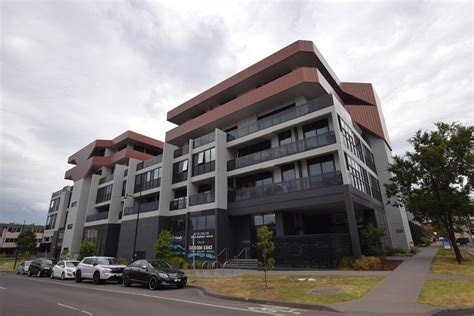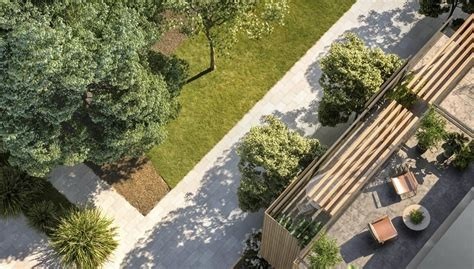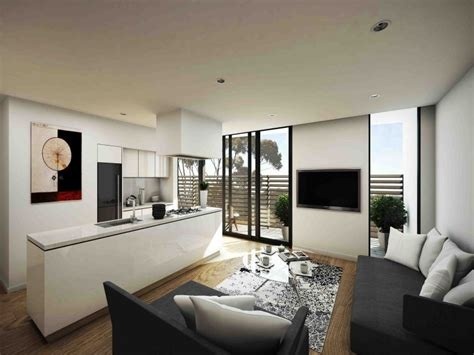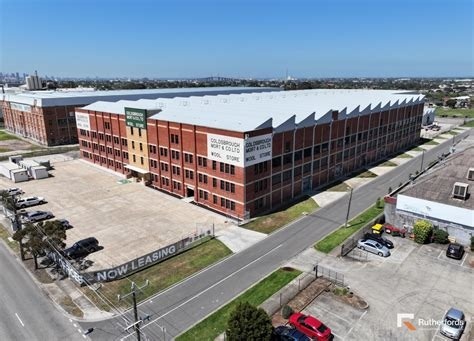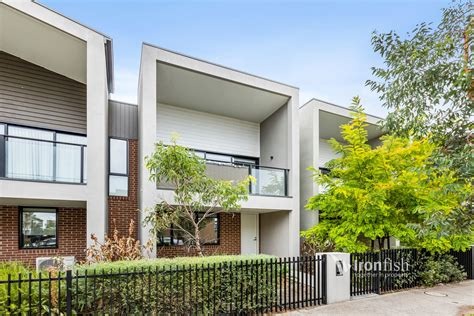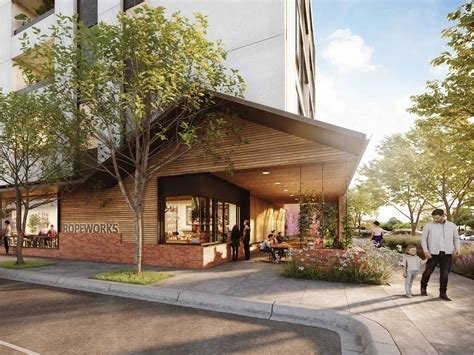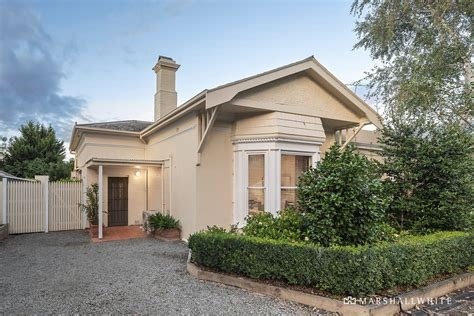Chart Color Schemes
est. as @ -- *
ABS ERP | -- people | --
2021 Census | -- people
Sales Activity
Curious about local property values? Filter the chart to assess the volume and appreciation (including resales) trends and regional comparisons, or scroll to the map below view this information at an individual property level.
Find a Recent Sale
Sales Detail
Population
Population growth drivers in Braybrook are strong compared to national averages based on AreaSearch's ranking of recent, and medium to long-term trends
Braybrook's population was around 20,855 as of August 2025. This reflected an increase of 1,787 people (9.4%) since the 2021 Census, which reported a population of 19,068 people. The change was inferred from the estimated resident population of 20,699 from the ABS as of June 2024 and an additional 473 validated new addresses since the Census date. This level of population equated to a density ratio of 2,788 persons per square kilometer, placing it in the upper quartile relative to national locations assessed by AreaSearch. Braybrook's growth of 9.4% since the 2021 census exceeded the national average (8.6%), marking it as a growth leader in the region. Population growth was primarily driven by overseas migration, contributing approximately 83.9% of overall population gains during recent periods.
AreaSearch adopted ABS/Geoscience Australia projections for each SA2 area, released in 2024 with 2022 as the base year. For areas not covered by this data, AreaSearch utilized the VIC State Government's Regional/LGA projections released in 2023, adjusting them employing a method of weighted aggregation of population growth from LGA to SA2 levels. Growth rates by age group were applied across all areas for years 2032 to 2041. Based on these trends, Braybrook was forecasted to experience significant population increase in the top quartile of national areas, with an expected growth of 6,975 persons to 2041 based on the latest population numbers, recording a gain of 32.7% in total over the 17 years.
Frequently Asked Questions - Population
Development
AreaSearch assessment of residential development activity positions Braybrook among the top 25% of areas assessed nationwide
Braybrook has seen approximately 253 new homes approved annually. Development approval data is provided by the Australian Bureau of Statistics on a financial year basis, totalling 1,267 approvals from FY20 to FY25 and 10 in FY26 so far. The average new residents per year arriving per new home over these five financial years is 1.0. This indicates that new supply is keeping pace with or exceeding demand, offering ample buyer choice and creating capacity for population growth beyond current forecasts.
The average expected construction cost of new dwellings is $384,000, which is below regional levels, suggesting more accessible housing choices for buyers. Commercial approvals in Braybrook this financial year have reached $42.1 million, indicating robust local business investment. Compared to Greater Melbourne, Braybrook shows around 75% of the construction activity per person and ranks among the 81st percentile nationally. Recent construction comprises 24.0% standalone homes and 76.0% townhouses or apartments, reflecting a shift from the area's existing housing composition, which is currently 47.0% houses. This change suggests decreasing availability of developable sites and reflects evolving lifestyles and demand for diverse, affordable housing options.
Braybrook has approximately 135 people per dwelling approval, indicating an expanding market. Population forecasts predict Braybrook will gain 6,819 residents by 2041. Current development levels appear aligned with future requirements, maintaining stable market conditions without significant price pressures.
Frequently Asked Questions - Development
Infrastructure
Braybrook has very high levels of nearby infrastructure activity, ranking in the top 20% nationally
Changes to local infrastructure significantly influence an area's performance. AreaSearch identified 34 projects likely impacting the region. Notable initiatives include 53 Wattle Road and 34 George Street Redevelopment, Defence Site Maribyrnong Redevelopment, West Footscray Community Facilities Plan, and New Footscray Hospital. The following list details those projects most relevant.
Professional plan users can use the search below to filter and access additional projects.
INFRASTRUCTURE SEARCH
Frequently Asked Questions - Infrastructure
New Footscray Hospital
A $1.5 billion state-of-the-art hospital featuring over 500 inpatient beds, expanded emergency department serving 20,000 more patients annually, mental health facilities, and a health-education precinct, replacing the aging 1950s facility.
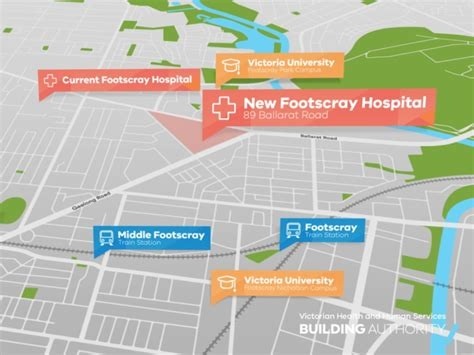
Live City
The former Kinnears Ropeworks Factory transformed into a mixed-use precinct with up to 1,450 apartments, retail, supermarket, offices, community services, and heritage conservation across 5-18 storey buildings. Stages 1 and 2 completed; future stages acquired by 3L Alliance in 2025.
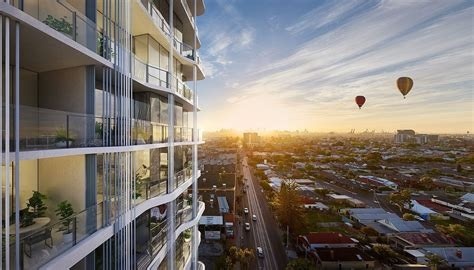
Braybrook Shopping Centre Upgrade
Significant refurbishment of a neighbourhood shopping centre with over 10,000 square metres of gross leasable area. The upgrade introduced a large format specialty grocer to replace the former Woolworths supermarket which closed in October 2021, a drive-through bottle shop, and enhanced retail and showroom facilities. The centre features 360+ customer car parking spaces and includes a gym, discount retailer, pharmacy, retail services, and food and beverage offerings. Located on the high-traffic corner of Ballarat Road and Ashley Street with approximately 64,000 passing vehicles daily, the centre serves the established suburb of Braybrook, situated 8 kilometres west of Melbourne CBD.
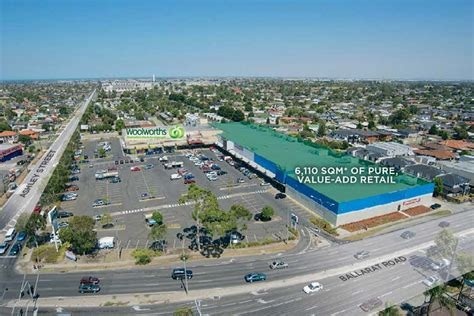
Barkly Village
A two-storey mixed-use neighbourhood retail centre comprising 7,063 sqm of floor space including a 3,606 sqm Woolworths supermarket, BWS bottle shop, 8 specialty retail tenancies, 110-place childcare centre, medical centre, gymnasium, and office space with two-level basement parking for 278 cars. The development replaces the former 501 Receptions venue.
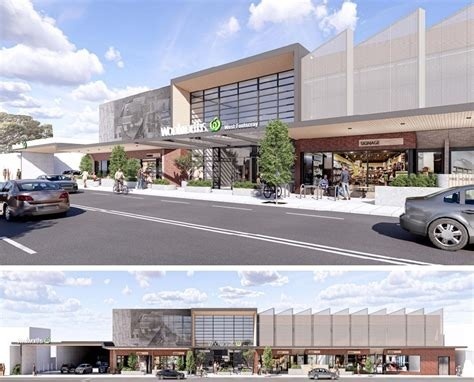
HomeCo Braybrook
A large format retail neighbourhood shopping centre featuring Coles as the anchor tenant, alongside TK Maxx, Chemist Warehouse, The Reject Shop, BCF, Liquorland, Guardian Child Care, and an 800sqm medical and dental centre. The development includes food and beverage outlets such as Guzman y Gomez, El Janah, Burgertory, and various other dining options. Spanning 14,000 sqm GFA, the centre provides free parking, WiFi, and serves as a convenient daily needs shopping destination for the Braybrook community. Initial construction completed in 2018 with additional medical and food service facilities added in 2023.
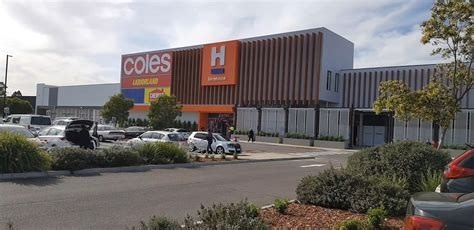
Defence Site Maribyrnong Redevelopment
Major urban renewal of 127.8 hectare former defence explosives factory site at 2 Cordite Avenue. Plans for 3,300 dwellings housing 6,900 residents plus 1,800 jobs. Includes heritage preservation, river frontage development and extensive remediation works. The Department of Defence is currently assessing open market tenders for remediation and future redevelopment options following the closure of the RFP in July 2024.
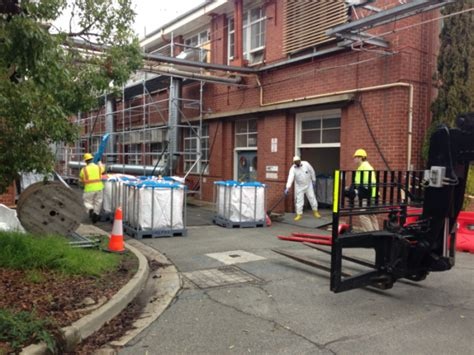
West Footscray Community Facilities Plan
Council is delivering the Shorten and Barrett Reserves Master Plan under the West Footscray Community Facilities Plan, including a new RecWest leisure centre (two indoor courts), an expanded and reconstructed Shorten Reserve oval with ground remediation, a cycleable public plaza via partial Market Street closure, new cricket nets, a refreshed playground and landscaping. The Victorian Government has committed $10m alongside Council funding. Demolition and ground works commenced in September 2025 with completion targeted for December 2027.
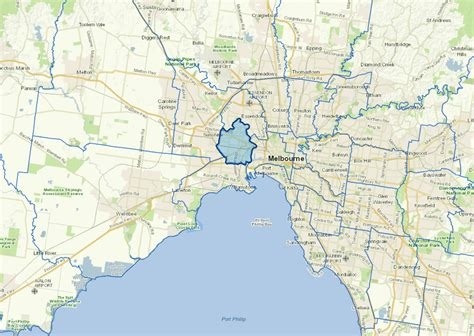
Wattle House Maidstone
Masterplan community of 79 freehold townhouses designed by Clarke Hopkins Clarke. Features 4-bedroom designs with SMEG appliances, double glazing, engineered timber flooring and no body corporate fees. Includes access to Central Park with BBQ area and children's playground.
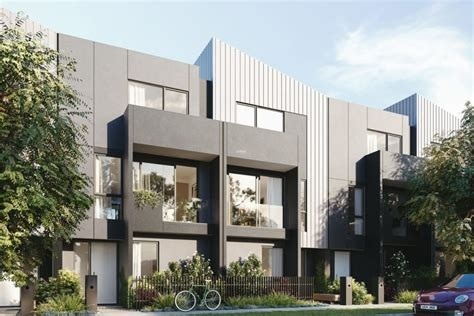
Employment
Braybrook has seen below average employment performance when compared to national benchmarks
Braybrook has a well-educated workforce with strong representation in professional services. The unemployment rate was 5.7% as of June 2025.
Employment growth over the past year was estimated at 6.0%. As of June 2025, 12,220 residents were employed with an unemployment rate of 5.7%, which is 1.0% higher than Greater Melbourne's rate of 4.6%. Workforce participation was broadly similar to Greater Melbourne's 64.1%. The dominant employment sectors among residents included health care & social assistance, retail trade, and accommodation & food.
There was particularly strong specialization in transport, postal & warehousing with an employment share of 1.5 times the regional level. Construction had limited presence with 6.8% employment compared to 9.7% regionally. The area appears to offer limited local employment opportunities as indicated by the count of Census working population versus resident population. During the year to June 2025, employment levels increased by 6.0% and labour force increased by 5.8%, causing the unemployment rate to fall by 0.2 percentage points. By comparison, Greater Melbourne recorded employment growth of 3.5%, labour force growth of 4.0%, with unemployment rising 0.5 percentage points. State-level data to Sep-25 shows VIC employment grew by 1.08% year-on-year (adding 39,880 jobs), with the state unemployment rate at 4.7%, compared to the national rate of 4.5%. Jobs and Skills Australia's national employment forecasts from May 2025 suggest that while national employment is forecast to expand by 6.6% over five years and 13.7% over ten years, growth rates differ significantly between industry sectors. Applying these projections to Braybrook's employment mix suggests local growth of approximately 6.3% over five years and 13.2% over ten years.
Frequently Asked Questions - Employment
Income
Income levels align closely with national averages, indicating typical economic conditions for Australian communities according to AreaSearch analysis
Braybrook's median income among taxpayers was $52,382 in financial year 2022. The average income stood at $62,305 during the same period. Greater Melbourne's figures were $54,892 and $73,761 respectively. By March 2025, estimates suggest the median income would be approximately $57,678 and the average would be around $68,604, based on a 10.11% Wage Price Index growth since financial year 2022. Census data shows household, family, and personal incomes in Braybrook rank modestly, between the 34th and 46th percentiles. The income bracket of $1,500 - 2,999 captures 32.6% of Braybrook's community (6,798 individuals), similar to the metropolitan region's 32.8%. Housing affordability pressures are severe, with only 81.5% of income remaining, ranking at the 45th percentile. The area's SEIFA income ranking places it in the 4th decile.
Frequently Asked Questions - Income
Housing
Braybrook displays a diverse mix of dwelling types, with a higher proportion of rental properties than the broader region
In Braybrook, as per the latest Census evaluation, 47.3% of dwellings were houses, with the remaining 52.7% comprising semi-detached homes, apartments, and other types. In contrast, Melbourne metropolitan area had 49.7% houses and 50.3% other dwellings. Home ownership in Braybrook stood at 20.5%, compared to Melbourne metro's higher rate. Mortgaged dwellings constituted 32.8%, while rented properties made up 46.7%. The median monthly mortgage repayment was $1,952, below the Melbourne metro average of $2,100. The median weekly rent in Braybrook was $350, lower than Melbourne's $376. Nationally, Braybrook's mortgage repayments exceeded the Australian average of $1,863, while rents were lower than the national figure of $375.
Frequently Asked Questions - Housing
Household Composition
Braybrook features high concentrations of group households, with a higher-than-average median household size
Family households constitute 65.9% of all households, including 27.8% couples with children, 21.2% couples without children, and 14.2% single parent families. Non-family households comprise the remaining 34.1%, with lone person households at 26.2% and group households making up 7.9%. The median household size is 2.6 people, larger than the Greater Melbourne average of 2.4.
Frequently Asked Questions - Households
Local Schools & Education
Educational attainment in Braybrook aligns closely with national averages, showing typical qualification patterns and performance metrics
Educational qualifications in Braybrook trail regional benchmarks with 37.6% of residents aged 15+ holding university degrees compared to 46.1% in SA3 area. This gap highlights potential for educational development and skills enhancement. Bachelor degrees lead at 24.4%, followed by postgraduate qualifications (10.6%) and graduate diplomas (2.6%). Vocational pathways account for 22.9% of qualifications among those aged 15+ - advanced diplomas (9.8%) and certificates (13.1%).
Educational participation is notably high with 31.7% of residents currently enrolled in formal education, including 8.1% in primary education, 8.1% in tertiary education, and 6.9% pursuing secondary education. A total of 10 schools operate within Braybrook educating approximately 4,024 students. Braybrook demonstrates typical Australian school conditions with balanced educational opportunities (ICSEA: 988). The educational mix includes 2 primary, 5 secondary, and 3 K-12 schools. Braybrook functions as an education hub with 19.3 school places per 100 residents, significantly above the regional average of 12.5, attracting students from surrounding communities.
Frequently Asked Questions - Education
Schools Detail
Nearby Services & Amenities
Transport
Transport servicing is high compared to other areas nationally based on assessment of service frequency, route connectivity and accessibility
Braybrook has 85 active public transport stops offering a mix of light rail and bus services. These stops are served by 9 different routes that collectively facilitate 6,957 weekly passenger trips. The area's transport accessibility is rated as good, with residents typically residing 203 meters from the nearest stop.
Across all routes, service frequency averages 993 trips per day, translating to approximately 81 weekly trips per individual stop.
Frequently Asked Questions - Transport
Transport Stops Detail
Health
Braybrook's residents are extremely healthy with younger cohorts in particular seeing very low prevalence of common health conditions
Analysis of health metrics shows strong performance throughout Braybrook, with younger cohorts particularly having low prevalence of common health conditions. The rate of private health cover is approximately 51% of the total population (~10,656 people), slightly lagging the average SA2 area's 56.7%.
Residents aged 65 and over comprise 12.6% (2,631 people) of Braybrook's population, higher than Greater Melbourne's 11.4%. Common medical conditions include asthma (7.3%) and mental health issues (7.1%), while 75.4% declare themselves completely clear of medical ailments. These figures compare to 72.7% across Greater Melbourne. Despite higher numbers of seniors, Braybrook's health outcomes among them are above average.
Frequently Asked Questions - Health
Cultural Diversity
Braybrook is among the most culturally diverse areas in the country based on AreaSearch assessment of a range of language and cultural background related metrics
Braybrook has a high level of cultural diversity, with 53.1% of its population born overseas and 60.9% speaking a language other than English at home. Christianity is the predominant religion in Braybrook, comprising 35.7% of the population. However, Buddhism is notably overrepresented, making up 15.7% of the population compared to Greater Melbourne's average of 8.7%.
The top three ancestry groups in Braybrook are Vietnamese (19.6%), Other (17.0%), and English (12.6%). Notably, Serbian (0.7%) and Filipino (2.9%) populations are overrepresented compared to the regional averages of 0.6% and 1.7%, respectively. Similarly, the Chinese population in Braybrook is higher than the regional average at 11.8%.
Frequently Asked Questions - Diversity
Age
Braybrook hosts a young demographic, positioning it in the bottom quartile nationwide
Braybrook's median age is 34 years, which is lower than Greater Melbourne's average of 37 and Australia's national average of 38 years. Compared to Greater Melbourne, Braybrook has a higher proportion of residents aged 25-34 (22.0%) but fewer residents aged 5-14 (9.0%). This concentration of 25-34 year-olds is significantly higher than the national average of 14.5%. Between the 2021 Census and the latest data, the proportion of residents aged 35 to 44 has increased from 16.0% to 17.1%, while the proportion of those aged 25 to 34 has decreased from 23.2% to 22.0% and the proportion of those aged 5 to 14 has dropped from 10.1% to 9.0%. By 2041, population forecasts indicate substantial demographic changes in Braybrook, with the strongest projected growth occurring in the 45 to 54 age group, which is expected to grow by 50%, adding 1,159 residents and reaching a total of 3,487.
